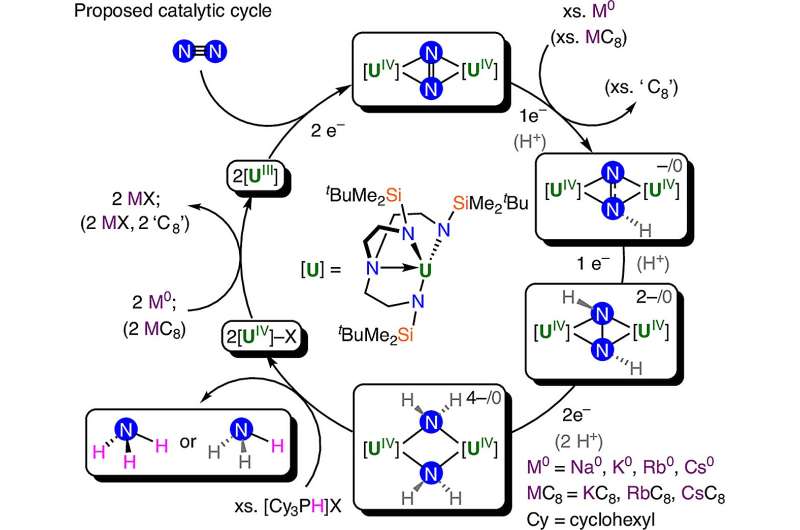Neanderthals’ Surprising Diet: New Study Reveals Their Love for Maggots

Recent research sheds light on the unconventional diet of Neanderthals, suggesting they may have relied heavily on maggots as a vital food source. A study conducted by scientists from Purdue University and the University of Michigan, published on October 6, 2023, in the journal Science Advances, reveals that fly larvae could have provided these ancient humans with essential nitrogen and fat.
The research team utilized both experimental data and historical evidence to demonstrate that meat infested with maggots is rich in vital nutrients. They argue that the presence of high nitrogen levels in Neanderthal remains can best be explained by this unusual dietary choice. Lead author Melanie Beasley, a paleoanthropologist at Purdue, emphasized the nutritional value of fly larvae, stating, “Fly larvae are a fat-rich, nutrient dense, ubiquitous, and easily procured insect resource.”
High nitrogen levels are crucial for creating amino acids, the building blocks of proteins, which are essential for survival. Previous assumptions indicated that Neanderthals were primarily hypercarnivores, consuming large quantities of freshly killed animals, including mammoths. However, this study challenges that narrative, suggesting that stored and putrid meat, often teeming with maggots, may have been a significant part of their diet.
The notion of consuming maggot-rich meat is not entirely foreign. Some Indigenous groups in the Northern Hemisphere have historically included such foods in their diets. For example, in 1931, polar explorer and anthropologist Knud Rasmussen documented an experience with Inuit individuals who encountered decaying meat filled with maggots. He noted the locals consumed the larvae with visible enjoyment.
Beasley became interested in testing co-author John Speth‘s hypothesis, which proposed that maggots played a crucial role in Neanderthal diets. Her postdoctoral research focused on muscle tissue decomposition, which included studying the role of maggots in breaking down decaying tissue. The team observed that while nitrogen levels in decomposing tissue changed modestly, the maggots themselves contained high concentrations of nitrogen.
Considering the conditions faced by Neanderthals, it is likely they encountered maggots in any stored meat. Rather than seeing this as a drawback, Beasley suggests they may have utilized maggots to enhance their diets, turning lean meat into a “fat-rich, more complete food resource.”
As the researchers continue to gather more evidence to support their findings, they are also exploring how the nutritional benefits of maggot-rich food evolve over time. They are investigating the balance between the nutritional value of decaying meat and the point at which it becomes inedible.
Interestingly, the practice of incorporating insects and maggots into diets persists today. In Europe, the traditional Sardinian cheese known as casu marzu is intentionally infused with cheese fly maggots, demonstrating that the consumption of maggots is still culturally accepted in certain contexts.
While the findings about Neanderthal diets may be surprising, they offer valuable insights into the adaptability and resourcefulness of these ancient humans. As research progresses, it becomes increasingly clear that Neanderthals were more complex than previously thought, with dietary habits that may have helped them survive in challenging environments.






